
The House of Sabah is the ruling family of Kuwait.

The Kuwaiti dinar is the currency of Kuwait. It is sub-divided into 1,000 fils.
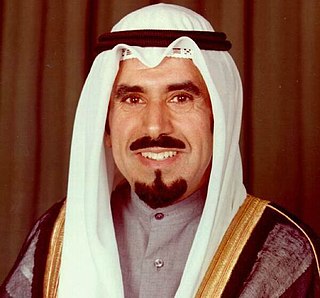
Sheikh Jaber al-Ahmad Al-Sabah was Emir of Kuwait and Commander of the Kuwait Military Forces from 31 December 1977 until his death in 2006.

The National Museum is a museum located on Jalan Damansara in Kuala Lumpur, Malaysia. The museum is situated in close proximity to the Perdana Lake Gardens and it provides an overview of Malaysian history and culture. Its facade comprises elements of traditional Malay and modern features. It was opened on 31 August 1963, and it serves as a repository of Malaysia's rich cultural and historical heritage.

The Bahrain National Museum is the largest and oldest public museum in Bahrain. It is situated in Manama, adjacent to the National Theatre of Bahrain. Opened on 15 December 1988 by the Emir of Bahrain Isa bin Salman Al Khalifa, the $30 million museum complex covers 27,800 sq meters and is the country's most popular tourist attraction. It is believed to be the region's first modern museum.
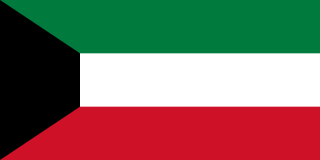
Kuwait, formerly known as Grane/Qurain and officially the State of Kuwait, is a country in Western Asia. It is situated in the northern edge of Eastern Arabia at the tip of the Persian Gulf, bordering Iraq to the north and Saudi Arabia to the south. Kuwait also shares maritime borders with Iran. Kuwait has a coastal length of approximately 500 km (311 mi). Most of the country's population reside in the urban agglomeration of the capital city Kuwait City. As of 2022, Kuwait has a population of 4.67 million people of which 1.85 million are Kuwaiti citizens while the remaining 2.8 million are foreign nationals from over 100 countries.
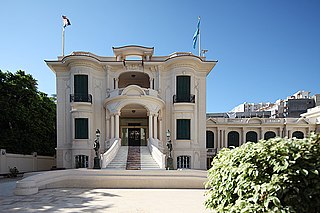
The Royal Jewelry Museum is an art and history museum in the Zizenia neighborhood of Alexandria, Egypt. It is located in the former palace of Princess Fatma Al-Zahra'. The building's halls contain an inestimable collection of jewels and jewelry of the Muhammad Ali Dynasty. 19th-century paintings, statues, and decorative arts are also exhibited in the rooms and lobbies. The museum was first inaugurated on 24 October 1986. After several years of renovations and expansion it was reopened in April 2010.

Azm Palace is a palace in Damascus, Syria which dates back to the 18th century. Located north of Al-Buzuriyah Souq in the Ancient City of Damascus, the palace was built in 1749 and was the private residence for As'ad Pasha al-Azm, the governor of Damascus, and during the French Mandate for Syria and the Lebanon it housed the French Institute.
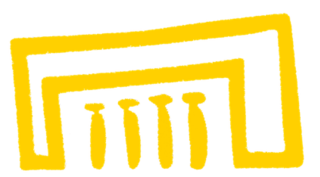
The National Museum of Beirut is the principal museum of archaeology in Lebanon. The collection begun after World War I, and the museum was officially opened in 1942. The museum has collections totaling about 100,000 objects, most of which are antiquities and medieval finds from excavations undertaken by the Directorate General of Antiquities. About 1300 artifacts are exhibited, ranging in date from prehistoric times to the medieval Mamluk period.

The Ministry of National Defense is Lebanon's service section for the Lebanese Armed Forces. The Ministry is located in Yarzeh, Baabda District, Mount Lebanon. The building which is considered the biggest Ministry building in Lebanon was designed by the French architect André Wogenscky in 1968. The ministry building also houses the Lebanese Military Museum.

The National Museum of Aleppo is the largest museum in the city of Aleppo, Syria, and was founded in 1931. It is located in the heart of the northern city on Baron Street, adjacent to the famous Baron Hotel and near the Bab al-Faraj Square and Clock Tower. The majority of the museum's exhibitions are devoted to the archaeology of Syria, with most of the finds coming from archaeological sites of the northern part of the country.
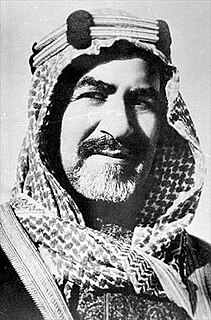
Sheikh Ahmad Al-Jaber Al-Sabah was the tenth ruler of the Sheikhdom of Kuwait from 29 March 1921 until his death on 29 January 1950.
The Kuwait National Assembly Building is the legislative building that houses the National Assembly of Kuwait. Designed by Danish architect Jørn Utzon in 1972, it was completed in 1982 under the direction of his son Jan. The structural design was by Max Walt. The building was seriously damaged in February 1991 when retreating Iraqi troops set it on fire but has since been restored.
Michel Écochard was a French architect and urban planner. He played a large part in the urban planning of Casablanca from 1946 to 1952 during the French Protectorate, then in the French redevelopment of Damascus during its occupation of Syria. He was also trained as an archeologist.

The Sulaymaniyah Museum, or Slemani Museum, is an archeological museum located within heart of Sulaymaniyah in the Kurdistan Region of Iraq. It is the second largest museum in Iraq, after the National Museum of Iraq in Baghdad. It houses artifacts dating from the prehistoric period to the late Islamic and Ottoman periods. Several halls of the Museum have undergone renovation work and the Museum was closed to the public for refurbishment from October 1, 2018, to October 2019.

Ebot is a microcontroller unit that is based on open source technology, by two Kuwaiti innovators. Its part of a Prototyping platform called Ebot innovation platform to allow fast and easy prototyping. The platform has received many national and international prizes.
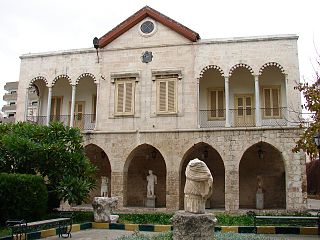
The National Museum of Latakia, also known as the Latakia Museum, is a museum located in the coastal city of Latakia, Syria, near the city's seafront, facing the Port of Latakia. It was inaugurated in 1986.
Bahra 1 is an archaeological site in the Subiya region on the coast of Kuwait Bay (Kuwait) associated with the Ubaid culture. It is one of the earliest Ubaid culture settlements in the Persian Gulf region, about 5500–4900 BC.

















